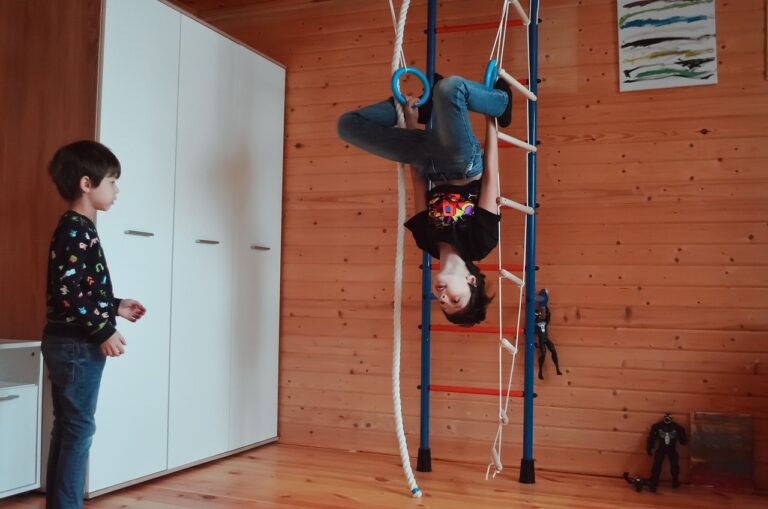The Impact of Technology on Physical Activity Levels and Sedentary Behavior
In the digital age, sedentary behavior has become increasingly prevalent among individuals of all ages. With the rise of technology and the ease of access to digital devices, many people find themselves spending extended periods of time sitting for work or leisure activities. This shift towards a more sedentary lifestyle has significant implications for overall health and well-being, as prolonged sitting has been linked to various negative health outcomes such as obesity, cardiovascular diseases, and musculoskeletal issues.
The evolution of sedentary behavior can be attributed to the widespread adoption of digital devices such as smartphones, laptops, and tablets. These technologies have made it easier for individuals to work, socialize, and entertain themselves without having to physically move from one place to another. As a result, many individuals now lead predominantly sedentary lives, spending hours on end in front of screens without engaging in physical activities that promote movement and exercise.
The Role of Screen Time in Decreasing Physical Activity
Screen time has become an integral part of daily life for many individuals, from children to adults. The convenience and entertainment offered by screens have led to a significant increase in sedentary behaviors. Hours spent in front of screens often translate to a decrease in physical activity, as individuals are more likely to choose passive activities like watching movies or scrolling through social media feeds over engaging in active pursuits.
The impact of excessive screen time on physical activity levels can be especially concerning in children and teenagers. Research has shown that higher screen time is associated with lower levels of physical activity in this age group. As screen time continues to rise globally, the potential consequences for overall health and well-being, including increased risks of obesity and chronic illnesses, are becoming more apparent. It is crucial for individuals of all ages to strike a balance between screen time and physical activity to maintain a healthy lifestyle.
– Sedentary behaviors have increased with the rise of screen time
– Individuals often choose passive activities over active pursuits when spending hours in front of screens
– Excessive screen time is linked to lower physical activity levels in children and teenagers
– Higher screen time can lead to increased risks of obesity and chronic illnesses
– Striking a balance between screen time and physical activity is crucial for maintaining overall health and well-being
The Influence of Social Media on Exercise Habits
Social media platforms have become integral in shaping the exercise habits of individuals of all ages. Through endless fitness influencers, workout tutorials, and motivational posts, social media has the power to inspire and encourage its users to lead a more active lifestyle. The constant sharing of progress, achievements, and challenges on these platforms fosters a sense of accountability and community, motivating people to stay consistent with their exercise routines.
Furthermore, the accessibility and convenience of fitness content on social media make it easier for individuals to discover new workout routines and exercises. With just a few taps on their smartphones, users can access a wide variety of workout videos, nutrition tips, and fitness challenges. This abundance of resources not only allows people to diversify their exercise regimen but also empowers them to tailor their workouts to suit their preferences and fitness goals.
How has sedentary behavior evolved in the digital age?
Sedentary behavior has increased with the rise of technology, leading people to spend more time sitting and engaging in screen-based activities.
What role does screen time play in decreasing physical activity?
Screen time often leads to a decrease in physical activity as people spend more time sitting and less time engaging in active pursuits.
How does social media influence exercise habits?
Social media can influence exercise habits by providing motivation, accountability, and inspiration for individuals to stay active and engage in physical activity.







